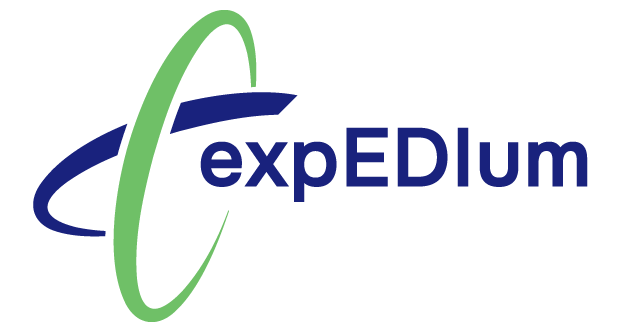The healthcare landscape faces a complex challenge: declining patient collection rates. This trend, fueled by factors like rising deductibles and increasing out-of-pocket costs, creates a financial squeeze for healthcare organizations, hindering their ability to deliver quality care.
A recent study by AMN Healthcare, analyzing data from commercial payers, revealed that collection rates can vary significantly by specialty, ranging from 55% to 65% in certain areas. This highlights the significant financial strain declining collections place on healthcare providers, impacting their ability to invest in crucial areas like new equipment, technology, and staff training, ultimately affecting patient care quality.
A Multi-Pronged Approach to Addressing the Challenge
Fortunately, healthcare organizations have an array of strategies at their disposal to address this challenge:
- Streamlining the Billing Process: Implementing integrated medical billing software (like expEDIum Medical Billing Software, for example) can automate tasks like patient intake and insurance verification, eliminate manual data entry prone to errors, and ensure timely claim submissions. This not only saves time and resources but also improves the accuracy of claims, leading to faster reimbursements from insurance companies.
- Enhancing Coding Accuracy: Regular staff training on accurate medical coding practices is crucial. Incorrect coding can lead to claim denials and delays in reimbursement, impacting cash flow. By investing in ongoing training and staying updated on coding regulations, healthcare organizations can significantly reduce denials and improve their financial health.
- Offering Flexible Payment Options: Recognizing that patients face varying financial situations, offering flexible payment options is key. This could include PPA, PRA, and allowing patients to spread out their healthcare costs over a defined period. Additionally, providing online payment portals and credit card processing options can improve convenience and encourage timely payments.
- Transparent Communication: Open communication with patients regarding their financial responsibility is essential. This involves providing clear, detailed explanations of charges upfront, ensuring patients understand their out-of-pocket costs before receiving care. Additionally, providing easily understandable billing statements allows patients to track their charges and address any discrepancies promptly.
Prioritizing the Patient Experience
It’s important to remember that patients are individuals navigating their own healthcare journeys. Implementing patient-friendly solutions, like secure online payment portals (such as expEDIum InstaPay), allows them to manage their healthcare finances conveniently anytime, anywhere. This fosters a sense of control and empowers patients to take an active role in their healthcare experience.
By employing these comprehensive strategies and prioritizing patient-centric solutions, healthcare organizations can navigate the complexities of declining collection rates. This not only ensures financial stability and the ability to invest in crucial areas but also fosters stronger patient relationships, ultimately leading to the delivery of high-quality healthcare. Implementing expEDIum’s comprehensive solutions, healthcare organizations can streamline their billing processes, reduce errors, improve efficiency, and ultimately, ensure they have the resources needed to deliver quality care to their patients. Get in touch with our team to learn more.

